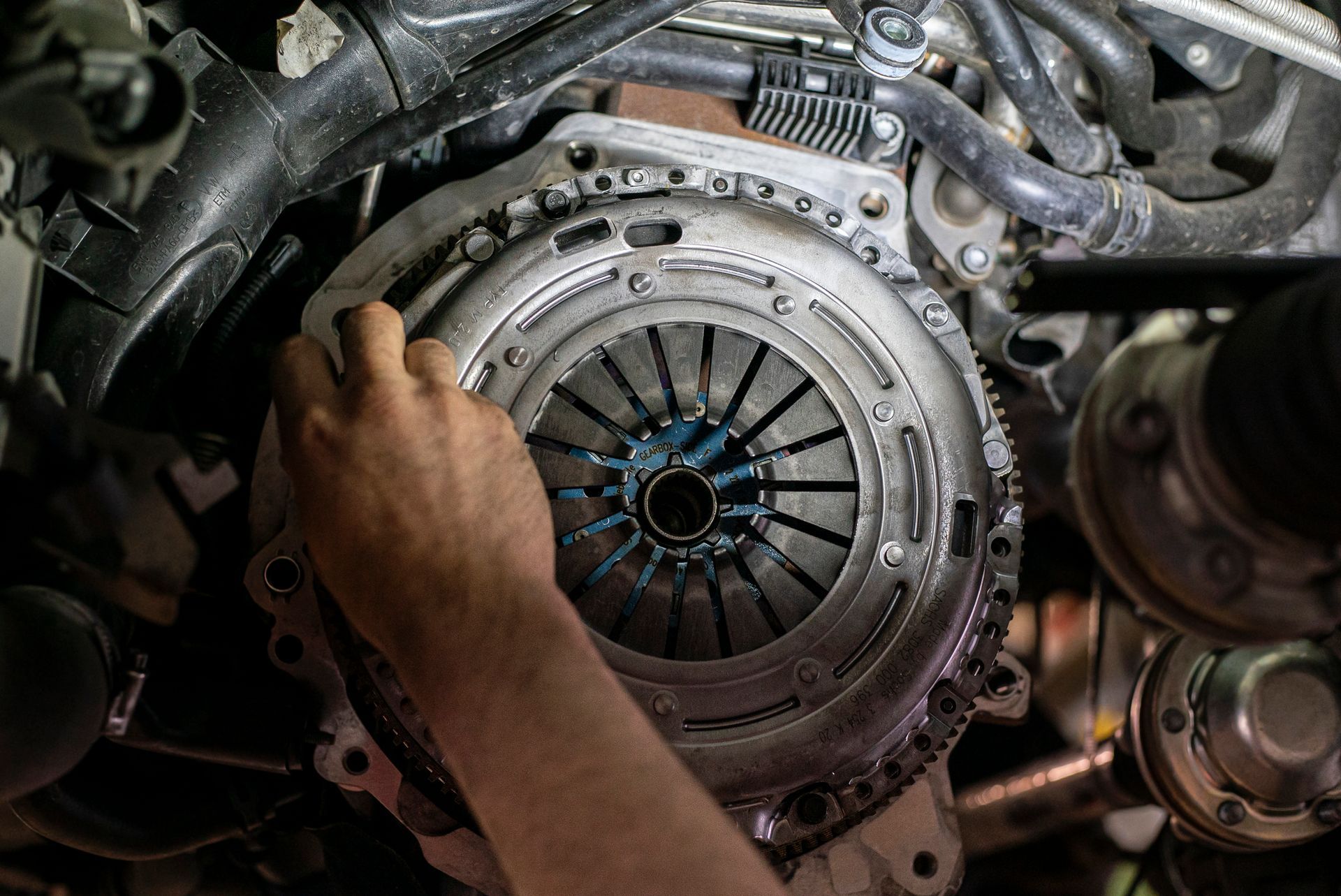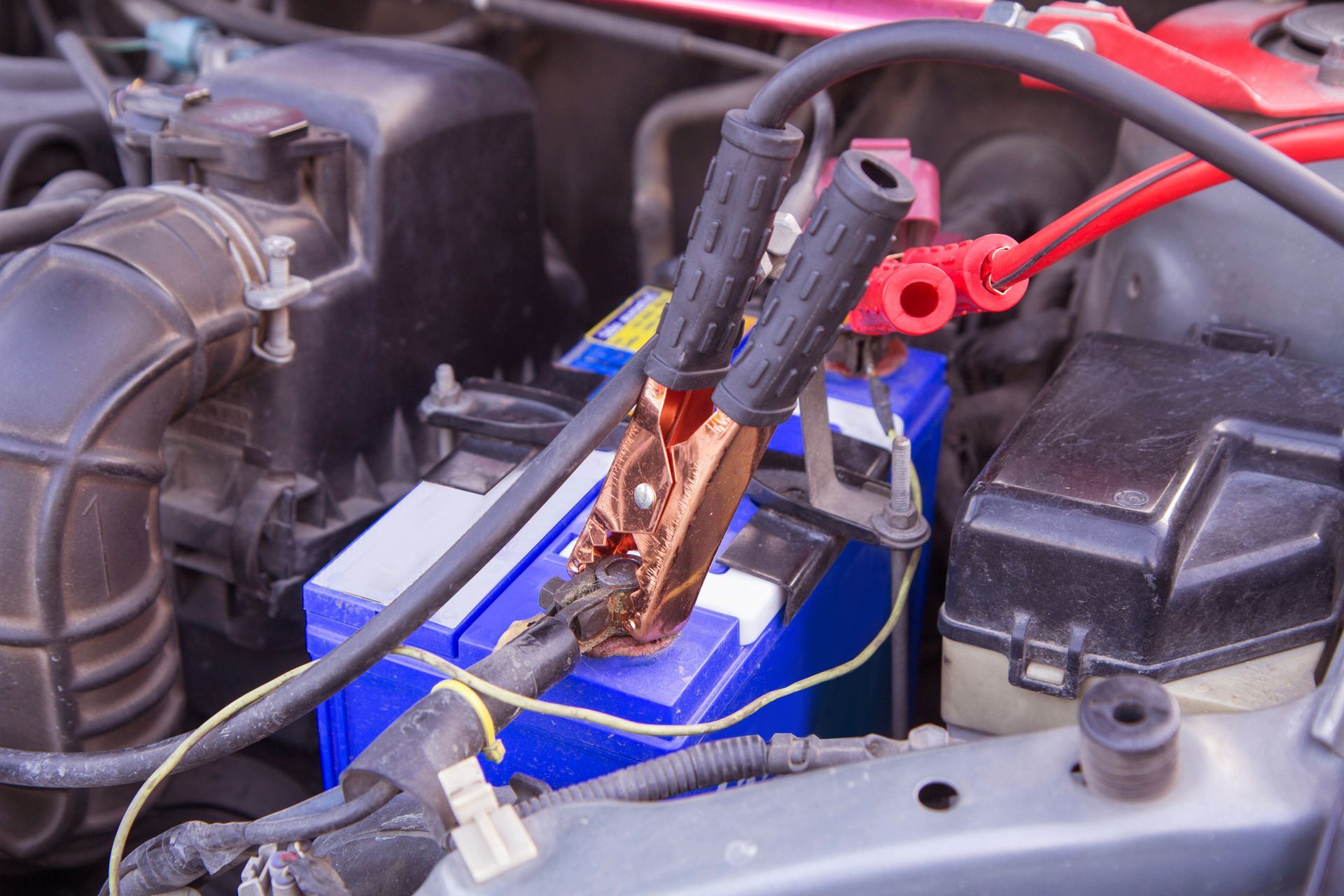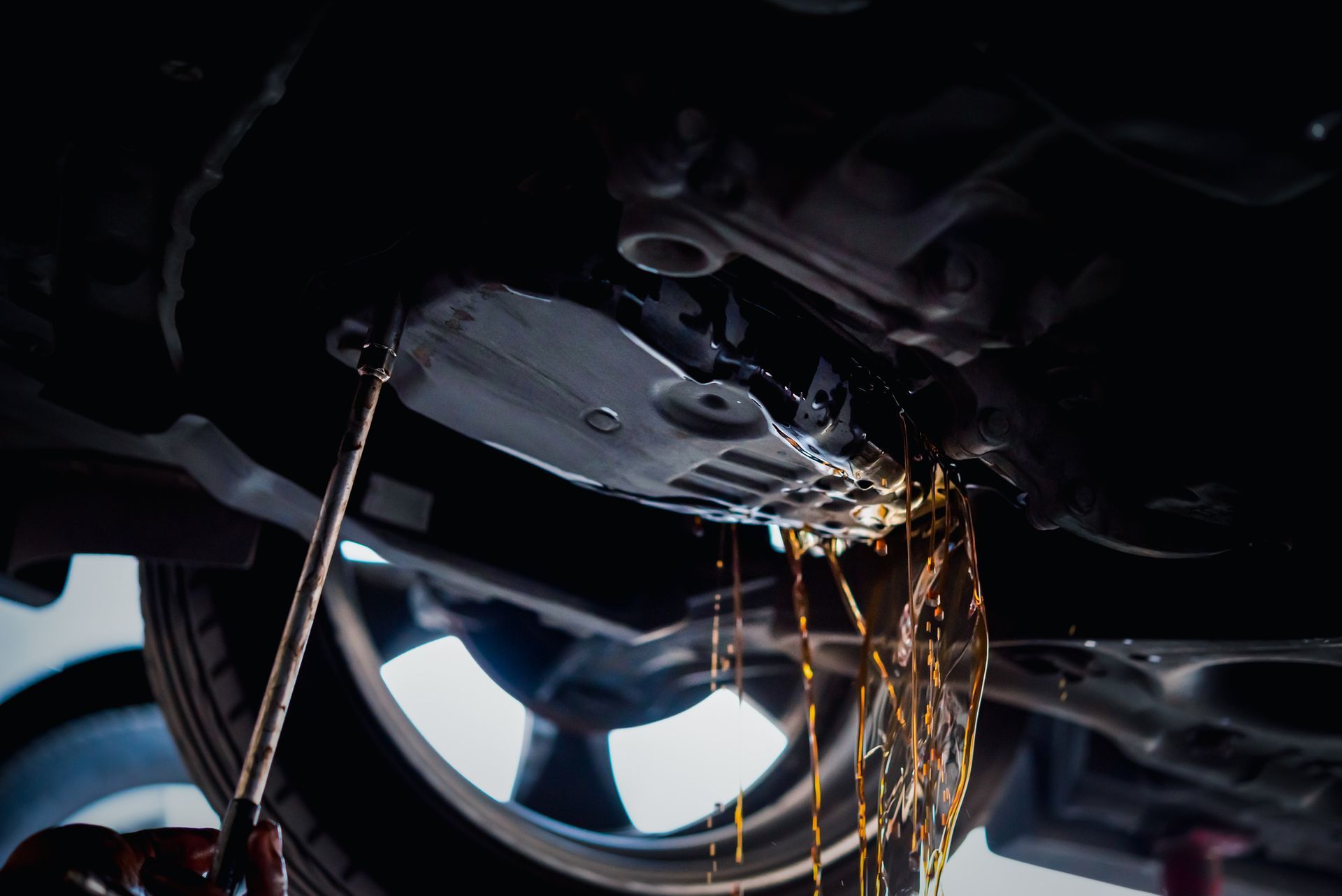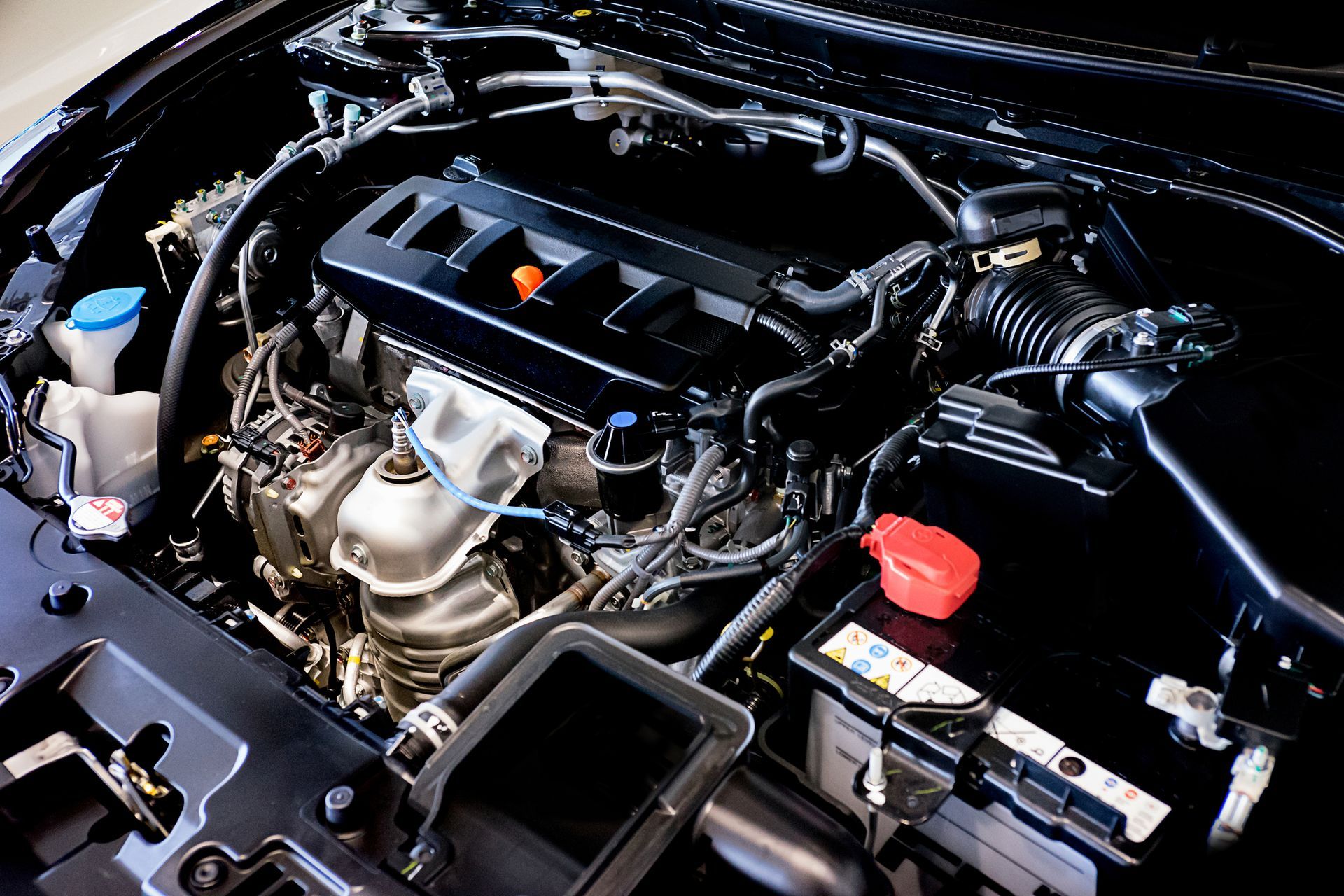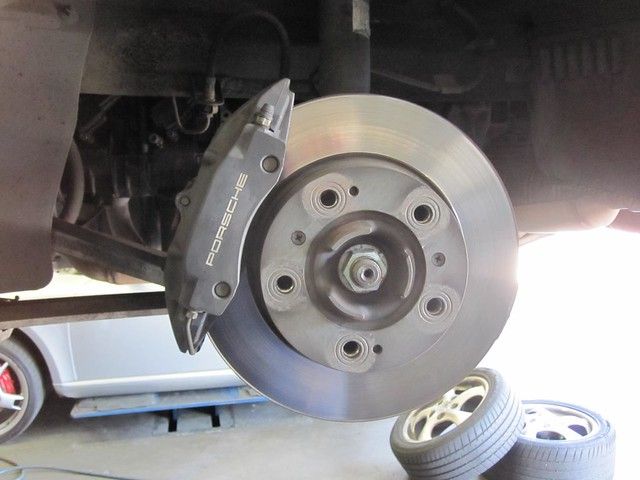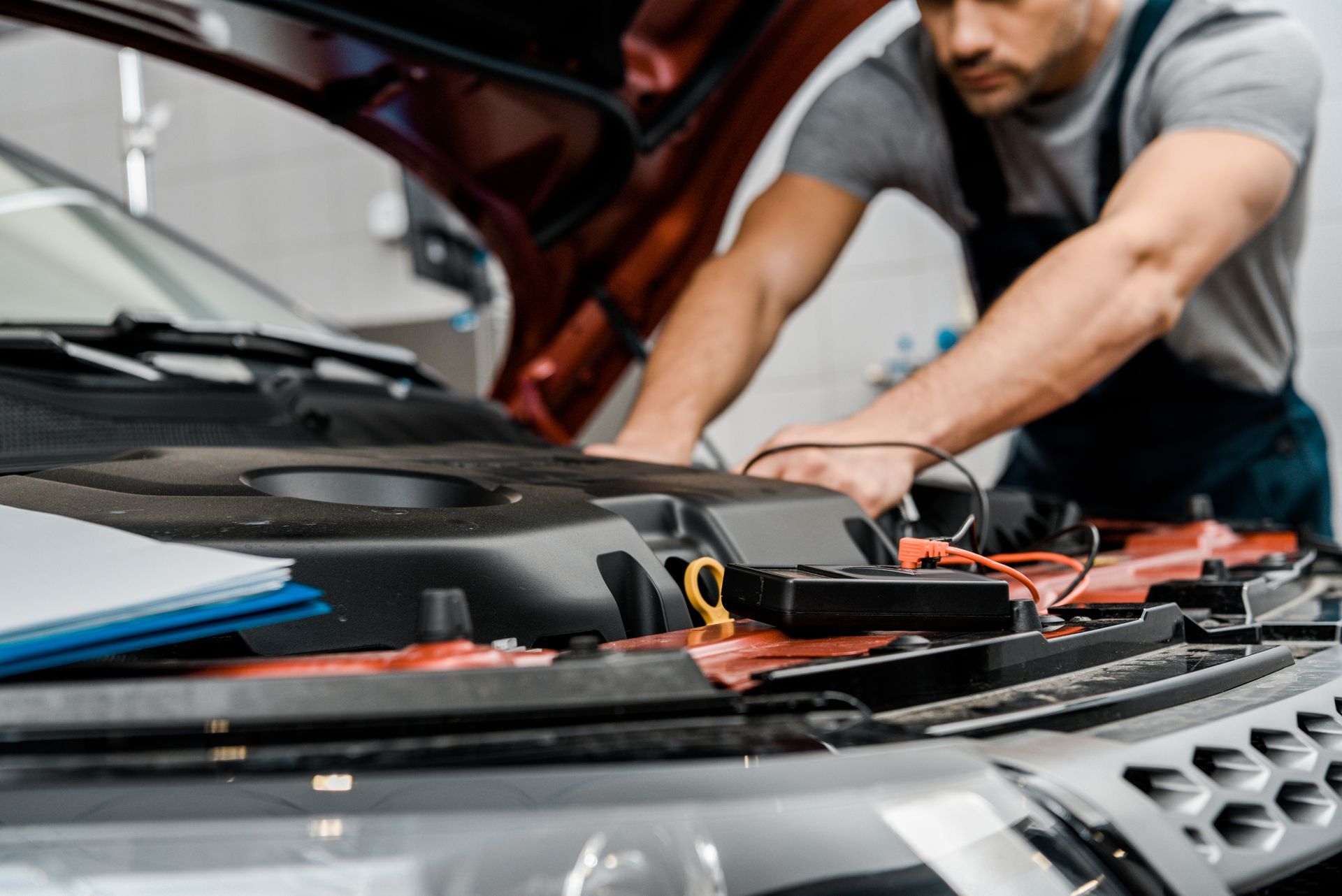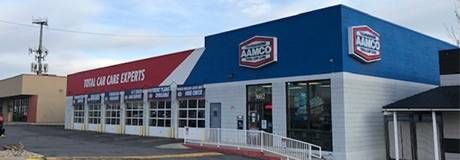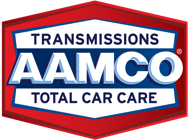Maintaining Your Car’s Belts
Most modern vehicles come with two belts, Your car’s serpentine belt winds through your engine channeling power to several key components, including the air conditioner, alternator, and the steering pump. Depending on the make and model of your vehicle, the serpentine belt also connects to the water pump. The timing belt, on the other hand, is what synchronizes the actions of the crankshaft and the camshaft. It’s what keeps your engine valves working harmoniously, and helps your engine to work as intended.
Regular car maintenance and care of your belts are very important when it comes to the overall health of your vehicles. If any of your vehicle’s belts malfunction or fail, it could result in the complete damage of your engine, power steering pump, and alternator. Failing to check and maintain your belts routinely will result in extensive damage that will require expensive repairs.
Related: Is Your Power Steering Broken?
Related: Why You Should Follow A Maintenance Schedule
Related: How To Increase The Lifespan of Your Car
How Will I Know My Vehicle Belts Are Getting Older?
When your belts are beginning to wear out, they will have cracks, wear or turn glazed or shiny, and the rubber parts of the vehicle will begin to peel off. A failing belt will also begin to squeal or slip, become misaligned, or contaminated with fluid, meaning you’ll need to replace it immediately. Worst case scenario, your belt will snap, affecting drive torque to all your engine’s vital components.
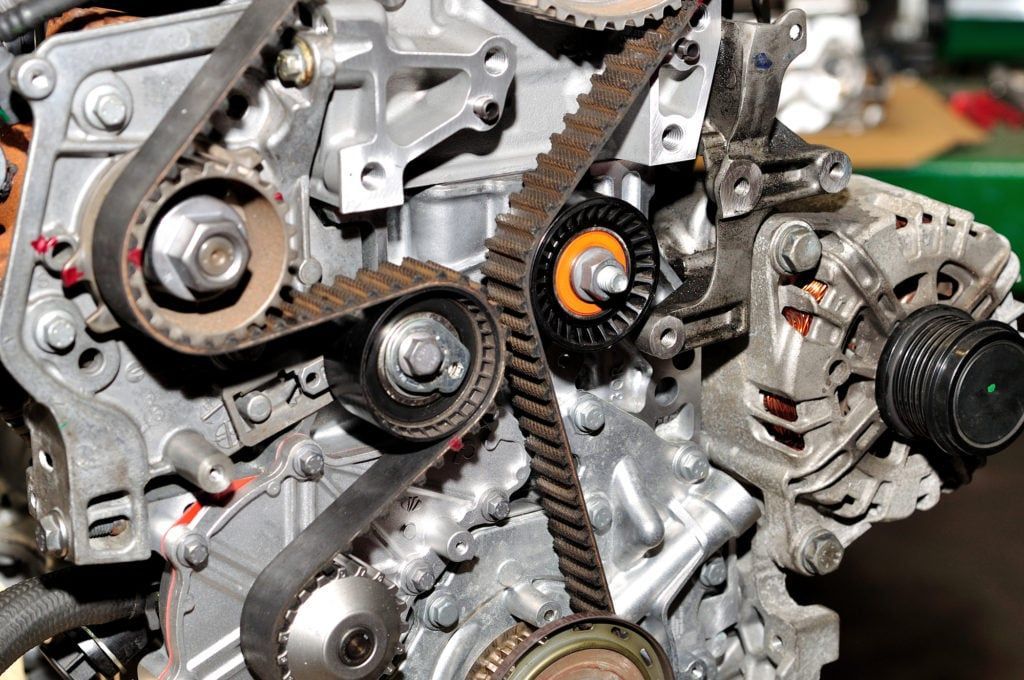
What Services Does My CVT Transmission Require?
Just like any other automatic transmission system , your CVT gearbox will need a flush occasionally. If you don’t perform a flush as required, it could break down too far to lubricate the metal gears as they mesh together, risking serious damage to the transmission. Apart from that, the CVT belt might need replacing if it becomes stretched after extensive use. The best way to take good care of your CVT transmission is to have it checked periodically by a qualified mechanic such as one from AAMCO Utah.
How Can I Best Maintain My Car Belts?
There are a few basic maintenance tips you need to know to prolong the lifespan of your vehicle’s belts. If you are unsure, check your owner’s manual or consult your local mechanic on best practices. The following are basic belt maintenance tips:
1. Identify the location of your belts . Depending on the make and model of your vehicle, the exact location of your belts may vary. Many modern vehicle belts are at the front of the engine. When locating your belts, makes sure your vehicle is cooled down or switched off.
2. A rule of thumb is to inspect your belts with every oil change. A professional mechanic, such as one from AAMCO Utah , will inspect your belts during every routine maintenance to ensure no significant damage has occurred.
3. Are your pulleys properly aligned? In case your vehicle’s belt slips off the pulley, your car won’t be able to run as smoothly, and sufficient power won’t channel to vital components of the engine, resulting in poor performance.
4. Inspect your tensioners and belts. Your car’s tensioners work to regulate the amount of tension placed on the belt and ensure it stays on the pulleys. If the tensioner is loose, the timing belt could slip off the pulley forcing connected components to lose power.
5. Belts need replacing after 60,000 to 100,000 miles. Your car belts don’t need regular replacement unless they are getting old or have sustained serious damage. Also, in case you notice more than three cracks in one-inch space on your vehicle’s belt, it’s time to schedule a replacement service.
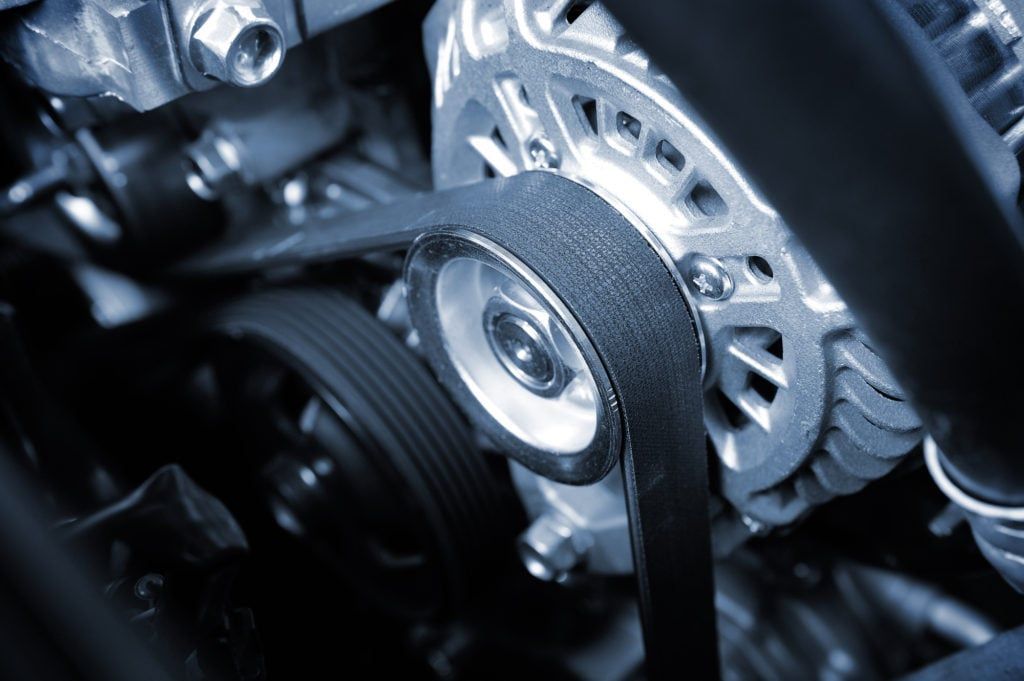
When Should I Replace My Belts?
There are no hard-and-fast rules when it comes to replacing your belts; the situations are unique and vary from one vehicle to the next, and more specifically, on your driving style. AAMCO Utah auto repair center recommends replacing the timing belt on a new car every 100,000 miles or so, and the serpentine will last equally at the same time and will last around 60,000 to 100,000 miles. Our certified mechanics at AAMCO Utah auto repair center advise our customers to have their engine belts inspected regularly and follow our technician’s or owner’s manual advice on when to replace the belts. The following are common red flags for belt failure:
- A/C or power steering failure
- Cracks or visible wear on your vehicle’s belts
- Overheating engine
- Squealing or whining noises from the front of your vehicle
Does AAMCO Utah Install, Repair, and Maintain Vehicle Belts?
Of course, we do! We install all vehicle belts known. Our qualified technicians
will inspect and recommended necessary repair or replacement on your vehicle if need be. We also specialize in other auto-related maintenance and services as well, including brake service, battery maintenance, and service, engine tune-up, transmission maintenance, and repair, regular car maintenance and many more.
Do you need your vehicle’s belts inspected or replaced? Schedule an appointment
with us today!
The post Maintaining Your Car’s Belts first appeared on AAMCO Utah Transmission Repair and General Car Repair.
Share
